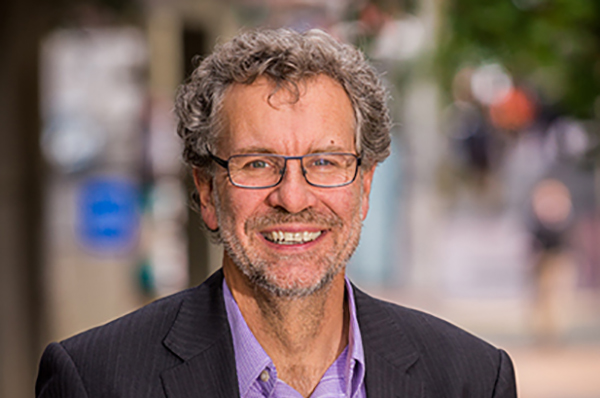Motu: Digital inclusion and wellbeing in New Zealand
By Arthur Grimes
Recent research that we published at Motu Economic and Public Policy Research Trust (funded by DIA) examined which groups have a lower likelihood of being digitally included in New Zealand. We also examined the impact of digital inclusion on waiora/wellbeing.
We used four large-scale surveys of New Zealanders that include information on internet availability. Some of the surveys also include information on availability of other ICT related items and on internet use.
A number of groups are prone to relatively low access to the internet, including:
People living in social housing;
People with disabilities;
Pasifika;
Māori;
People living in larger country towns (of between 10,000 – 25,000 people);
Older members of society, particularly those aged over 75 years; and
Unemployed people and those not actively seeking work.
The first two of these groups – those in social housing and people with disabilities – appear to be particularly disadvantaged with respect to internet access. Pasifika students also reported substantially lower rates of internet access than did students of other ethnicities. Just 69% of those living in Housing NZ (or local equivalent) social housing report having access to the internet, compared with 91% reporting access across all respondents in the 2017 New Zealand Electoral Survey. In this same survey, only 71% of people with disabilities report having access to the internet.
In the 2018 New Zealand Crime and Victims Survey, 17% of people with disabilities indicate having no internet access compared to the full sample where just 5% have no internet access.
These large gaps in internet access for those who live in social housing and for people with disabilities are potentially amenable to policy interventions. Most social housing is owned by the state, local authorities, or NGOs. The social housing provider could take the initiative to install WiFi (or other technologies) to enable internet access by tenants. Provision of such infrastructure may be considered of similar importance to provision of water, sewerage, and electricity to these tenants. Such provision is also likely to improve internet access rates for Pasifika students.
Similarly, many people with disabilities are already subject to some form of care through state agencies or NGOs. These authorities may consider enabling internet use for their clients as a key intervention to improve the opportunities for those with disabilities to connect with the rest of society.
People with disabilities are also at greater risk than others from an internet violation (i.e. a virus infection or other internet interference). Other at-risk groups include individuals who are not actively seeking work, unemployed, Māori, Pasifika, younger people, and those who are studying.
Wellbeing and internet use
New Zealand Electoral Survey (adult) show that those without internet access are less engaged in civic activities such as voting in general elections and making submissions to government.
Data from the Programme for International Student Assessment (PISA) indicate that adolescents without internet access tend to have lower subjective wellbeing than those with access (which may reflect family circumstances). These data also indicate that as internet use on weekdays outside of school increases, students’ subjective wellbeing declines; once daily internet use exceeds about two hours, there is no positive association between internet use and wellbeing.
In addition, the PISA data show that 15% of 15-year-olds (including 27% of Māori students) report using the internet for more than 6 hours per day on a weekday outside of school, while over half report more than two hours’ use!
Further information
For more information about this Motu research, including the research paper, please see their website here.
Date posted: 21 November 2019

